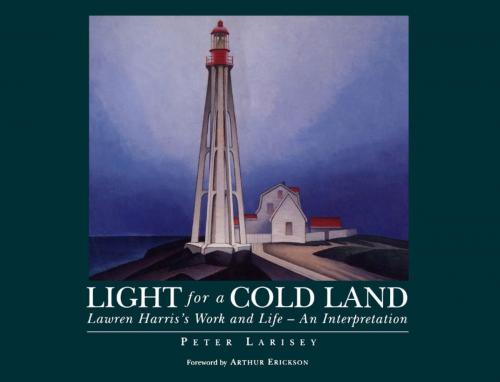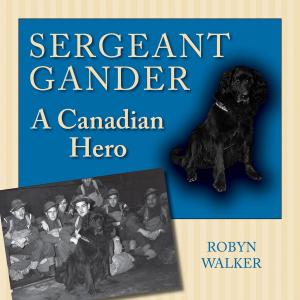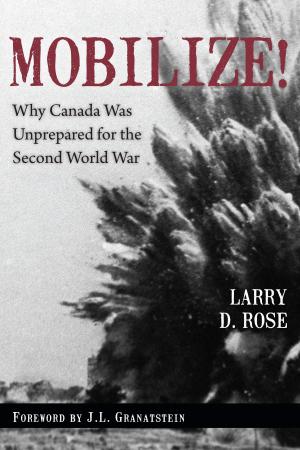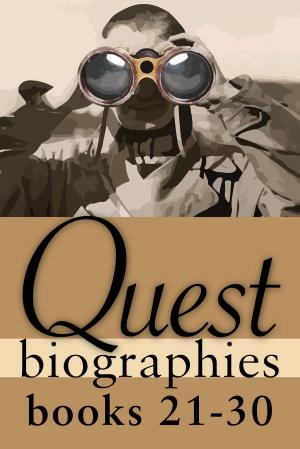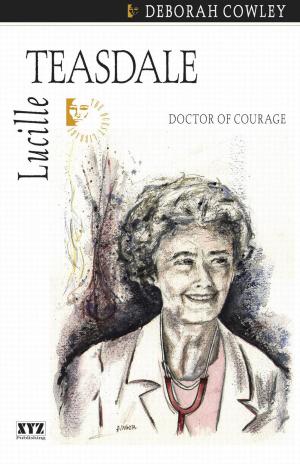Light for a Cold Land
Lawren Harris's Life and Work
Biography & Memoir, Artists, Architects & Photographers, Nonfiction, Art & Architecture, Art History, General Art| Author: | Peter Larisey | ISBN: | 9781459720435 |
| Publisher: | Dundurn | Publication: | January 10, 1993 |
| Imprint: | Dundurn | Language: | English |
| Author: | Peter Larisey |
| ISBN: | 9781459720435 |
| Publisher: | Dundurn |
| Publication: | January 10, 1993 |
| Imprint: | Dundurn |
| Language: | English |
Lawren Stewart Harris’ artistic career began in the first decade of our century. Well known for the nationalist-inspired landscapes that he painted between 1908 and 1932, Harris turned resolutely in 1934 to the painting of abstractions. He continued to create works that reflected his own modernist and mystical developments until the end of his life.
Canadians praise Harris’ landscapes and admire him as a planner of innovative and heroic-sounding sketching trips into the North. He is also recognized as the chief organizer of the Group of Seven. A long list of younger artists he considered creative greatly benefited from Harris’ encouragement and often generous, practical help; many of them have been interviewed for this book.
In the lives of some Canadians harris still functions as a gurulike guide – a role he was quite content to take on during his own lifetime – because of the spiritual content of his art and aesthetic writings and the example of his optimistic, vigorous and apparently untroubled life. But Harris’ was not an untroubled life, and Light for a Cold Land examines his personal crises and difficulties, some of which caused important changes in his art.
The book also uncovers the painting styles, artistic tensions and cultural dynamics of the German milieu in which Harris received his only formal art education. His student years in Berlin profoundly influenced not only his art but also his artistic politics and his philosophy. It is ironic that in the art of this most articulate of Canadian nationalist painters, there are extensive German influences.
Light for a Cold Land is the first art-historical study of Lawren Harris that attempts to explore his life and all aspects of his career. It is based on extensive work in archives, libraries, public art galleries and private collections in Canada, as well as research in Germany and interviews with members of Harris’ family and many of his friends, acquaintances, colleagues and critics.
Lawren Stewart Harris’ artistic career began in the first decade of our century. Well known for the nationalist-inspired landscapes that he painted between 1908 and 1932, Harris turned resolutely in 1934 to the painting of abstractions. He continued to create works that reflected his own modernist and mystical developments until the end of his life.
Canadians praise Harris’ landscapes and admire him as a planner of innovative and heroic-sounding sketching trips into the North. He is also recognized as the chief organizer of the Group of Seven. A long list of younger artists he considered creative greatly benefited from Harris’ encouragement and often generous, practical help; many of them have been interviewed for this book.
In the lives of some Canadians harris still functions as a gurulike guide – a role he was quite content to take on during his own lifetime – because of the spiritual content of his art and aesthetic writings and the example of his optimistic, vigorous and apparently untroubled life. But Harris’ was not an untroubled life, and Light for a Cold Land examines his personal crises and difficulties, some of which caused important changes in his art.
The book also uncovers the painting styles, artistic tensions and cultural dynamics of the German milieu in which Harris received his only formal art education. His student years in Berlin profoundly influenced not only his art but also his artistic politics and his philosophy. It is ironic that in the art of this most articulate of Canadian nationalist painters, there are extensive German influences.
Light for a Cold Land is the first art-historical study of Lawren Harris that attempts to explore his life and all aspects of his career. It is based on extensive work in archives, libraries, public art galleries and private collections in Canada, as well as research in Germany and interviews with members of Harris’ family and many of his friends, acquaintances, colleagues and critics.
